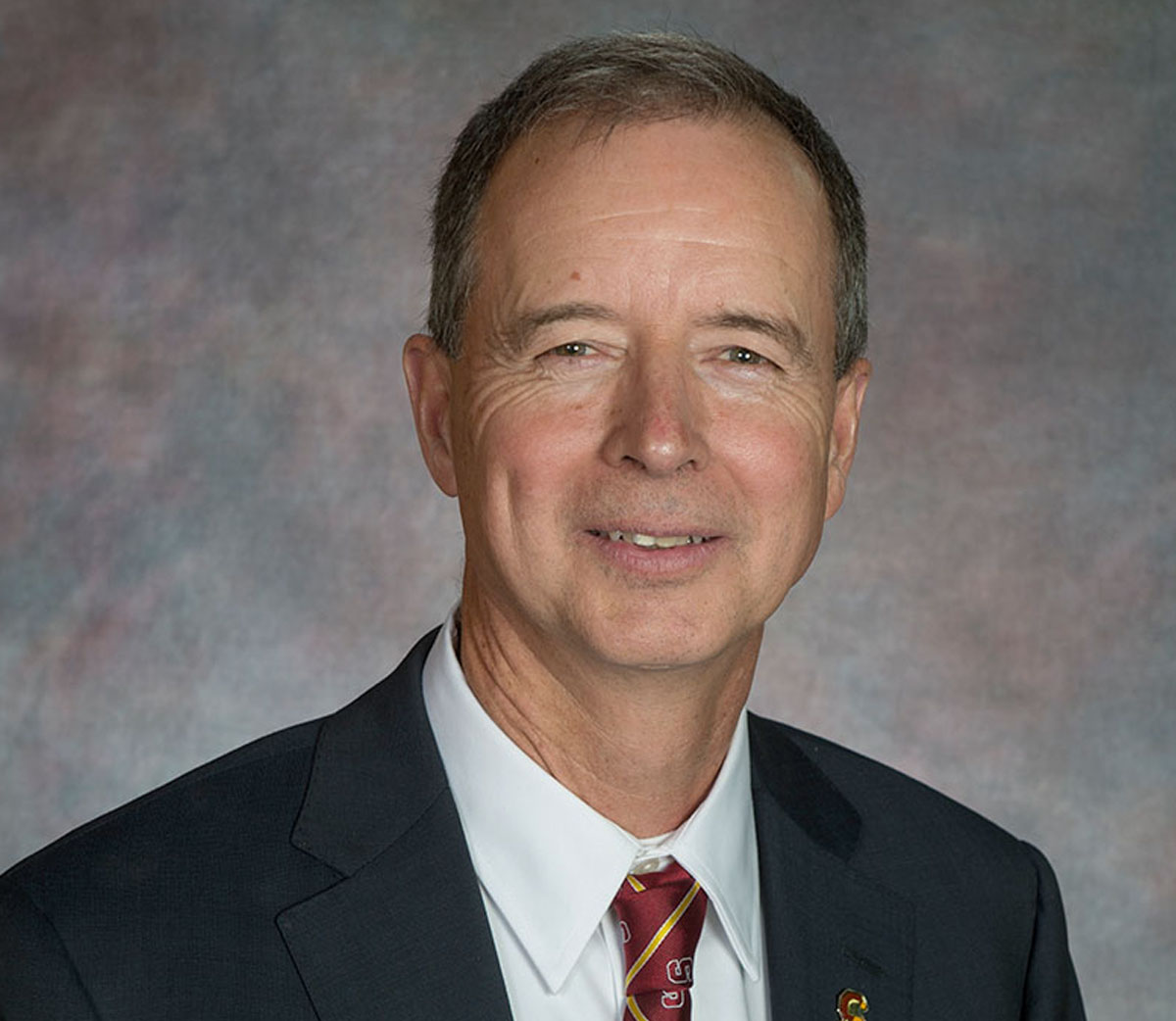SU Announces New Diversity and Inclusion Initiatives

SALISBURY, MD---Salisbury University has announced the addition of a chief diversity officer (CDO) position as it continues to address campus concerns following racially and sexually charged vandalism discovered in Fulton Hall earlier this semester.
“The CDO, who will report directly to me, will provide executive leadership, oversight and vision in the administration of services, programs, policies and procedures related to advancing SU’s commitment to diversity and inclusion,” said SU President Charles Wight. “The CDO also will lead the implementation of a University-wide strategic plan for diversity and inclusion that will provide students, faculty and staff with educational opportunities informed by multiple points of view, life experiences, abilities, ethnicities, cultures and belief systems.”
In addition, the officer will sit on a newly created President’s Cabinet, which also will include members of SU’s executive staff and leaders of the University’s student, faculty and staff shared governance organizations.
The University also has relaunched its Office of Diversity and Inclusion, which the CDO will oversee. Founded in 2004, the office became part of SU’s newly formed Office of Institutional Equity, Fair Practices, Diversity and Inclusion in 2014. Effective this month, it will return to its status as a separate office.
“This is part of our comprehensive renewed pledge for developing a diverse University community while creating an inclusive and equitable campus,” said Wight.
In addition, the President has announced the formation of a special task force on diversity and inclusion, comprised of students, faculty, staff and community members. The group is charged with submitting a report of findings and recommendations to Wight by early March.
“The task force will work across campus to help identify opportunities and help us formulate goals and solutions,” Wight said. “We expect to immediately implement some of the work from the task force, while the SU Diversity and Inclusion Consortium Committee will continue its work following the report.”
These announcements follow other new initiatives recently enacted to address campus concerns, including:
- Establishing new social media accounts to better communicate with students, faculty and staff;
- Setting a goal of 100 percent faculty and staff compliance on required diversity and sensitivity training and exploring new ways to administer training;
- Working with faculty to evaluate the curriculum and ways to continue to be attentive to the growing diversity of the student population; and
- Working with the SU Police Department to deploy additional resources and maintain contact with allied law enforcement agencies to maintain a safe campus.
- Encouraging increased participation in SU’s text message-based notification system (in addition to the campus’ emergency alert systems);
- Adding more security cameras to the more than 900 already on campus and upgrading some existing cameras;
- Increasing the number of emergency preparation trainings on campus and encouraging more students, faculty and staff to attend;
- Holding regularly scheduled campus community meetings, providing faculty, staff and students with more opportunities to express their concerns face-to-face with the President;
- Scheduling regular community office hours with SU’s administration; and
- Updating imagery in SU buildings to better reflect the campus’ current population.
“We continue to listen to many voices during this process,” Wight said. “The contributions of both groups and individuals have been essential in helping guide the creation and implementation of positive solutions.”
Last summer, SU began the process to conduct a campus climate study, via an independent consultant. The initiative will provide students, faculty and staff with the opportunity to describe their personal experiences and observations about life at SU and offer suggestions for change to help better and enhance those experiences. Some groups already have met to help determine the types of questions to be addressed in the study. A full survey of students, faculty and staff is expected in early 2020.
